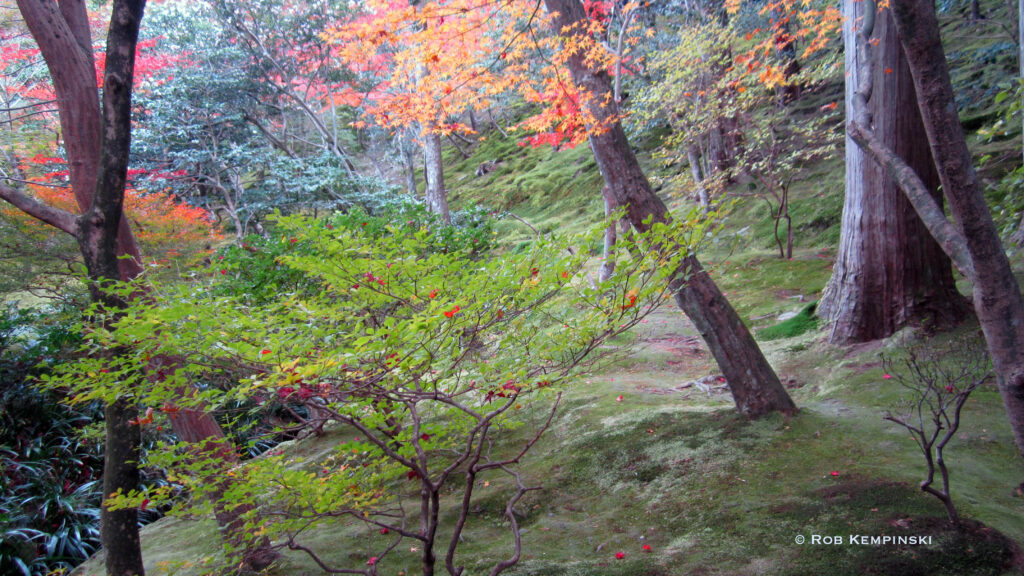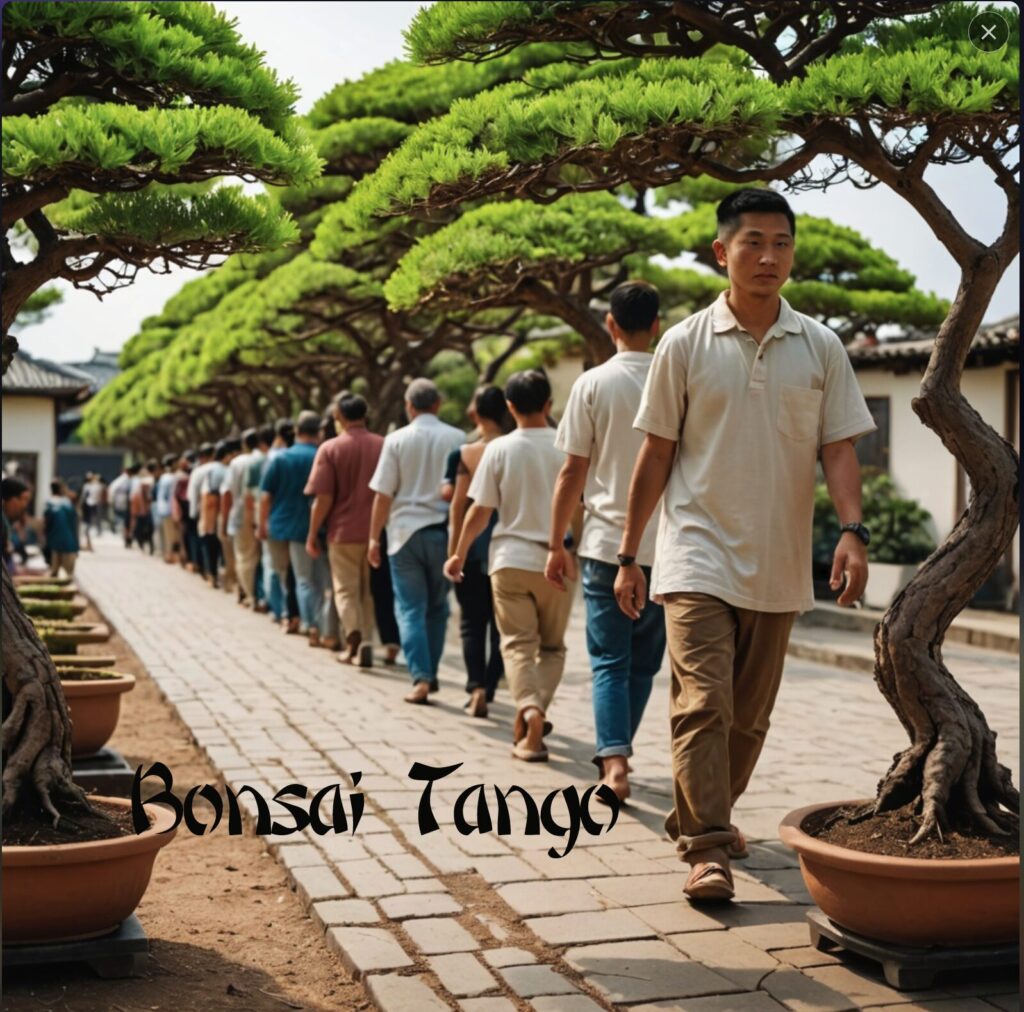
As a child growing up in New York I vividly remember the wild colors fall would bring to the forests. Alas, as beautiful as the color appeared there came certain melancholy knowing the leaves would fade followed by stark bare branches and frigid cold. In Florida located further south and much warmer we don’t get much change in color – most leaves on trees that lose them just sort of turn burnt brown. It is a bit of a disappointment but then on the plus side we don’t get too much frigid weather.

Beautiful colors reveal themselves when the leaf’s chlorophyl fades. The process is really a form of risk management for deciduous trees. Changing colors is one step in the process of a tree to survive the oncoming winter. The tree needs to move its water to the interstitial void outside the trees living cell walls to survive freezing. Hence it can’t do photosynthesis and doesn’t need chlorophyll for the rest of the season.
Despite our lack of fall color risk management is something bonsai artists need to practice as well. Recently there have been several events that had me pondering risk – two hurricanes, the death of a bonsai friend, and the changing life scenario of another. These sobering events induced reflection on how to minimize risk.

Our hurricane season happens in the fall. Most people have a grasp of hurricane risk. We know to move trees to covered shelter. My daughter and I call it the bonsai tango. For my large collection it took me about 5 hours to move my trees indoors – less if my wife helps. Even then some of the larger trees we couldn’t move stayed outside. The vicious tornados of Hurricane Milton demonstrate that anything outdoor was at serious risk. I saw a photo of a trash dumpster on top of a house in Vero Beach. If a tornado could do that one of my 100+ pound bonsai trees could end up somewhere in Orlando. Loss would seem inevitable.

Risk management then for hurricanes entails how to best protect the trees. For the smaller trees moving them indoors seems sufficient. For the larger ones left outside we are assuming the risk of loss. If your house lies in a storm surge zone moving indoors may not be enough. The same applies to larger storm with high winds. You may have to develop an evacuation plan that incudes a few of your favorite specimens.
Losing trees causes emotional and financial pain. One step you can take is to make a detailed list of your trees and assign a value to them. Photographic records can also help. Then approach your home owner insurance company and see if they can add an insurance rider to cover any tree loss. If you don’t have a rider then most you will get is the cost of the trees as bushes around your house.
Fall’s melancholy also applies to the human life cycle. When a bonsai friend passes it reminds us that the trees are special type of assets. Without some sort of succession plan the trees may perish. Leaving the trees without a plan could place a burden on your relatives and lead to the trees’ demise. Creating a list of trees as mentioned above would be a good start as it can inform your heirs of the value of the trees. Another factor to consider is selling a collection en masse usually means the value of each tree has to be discounted. While these are somewhat morbid concepts risk management means planning for the worse. Proper planning can minimize the impact of a difficult event.
